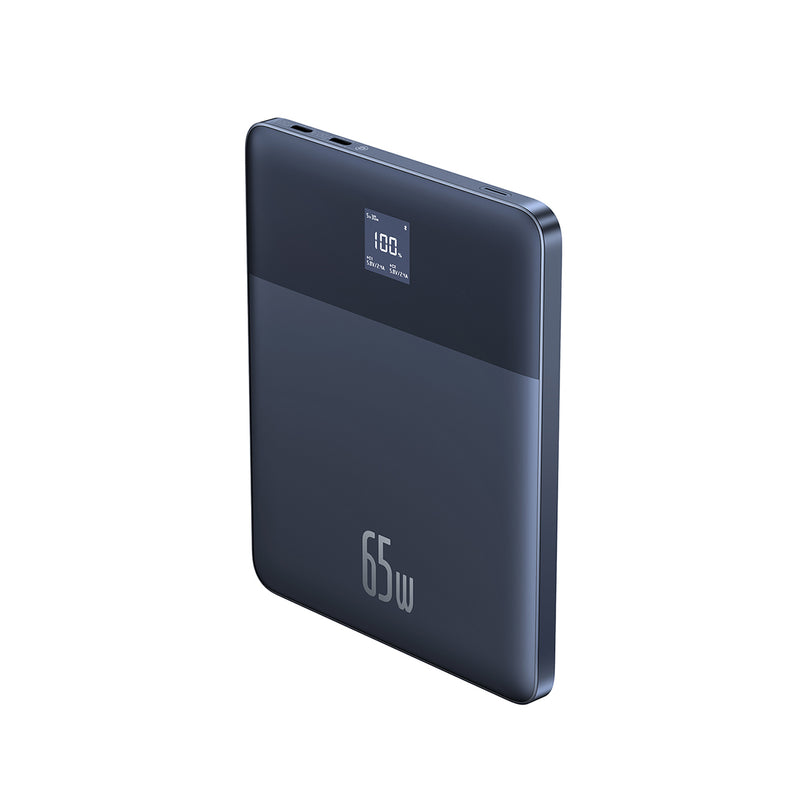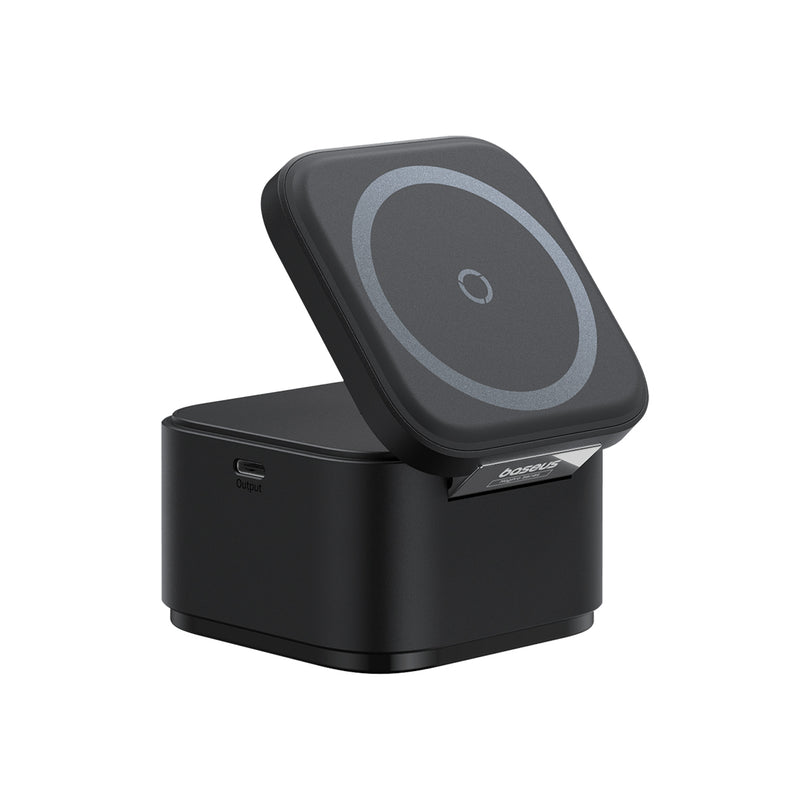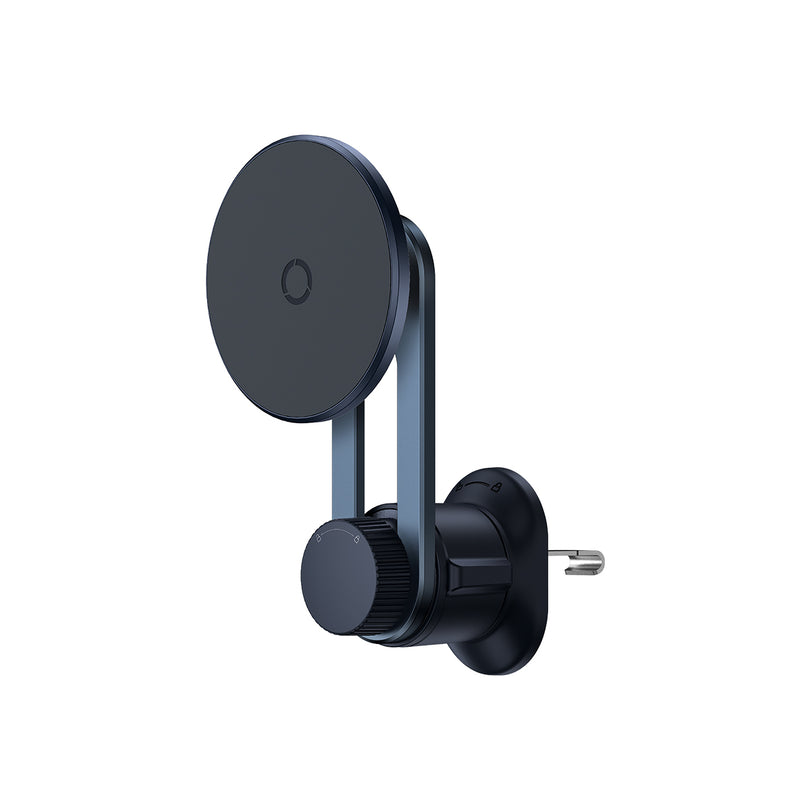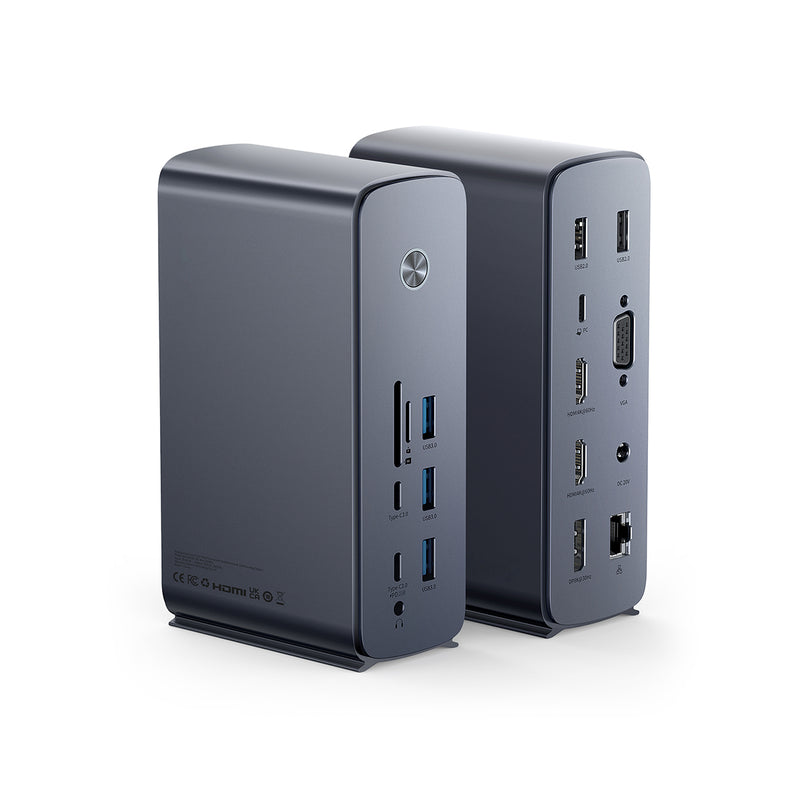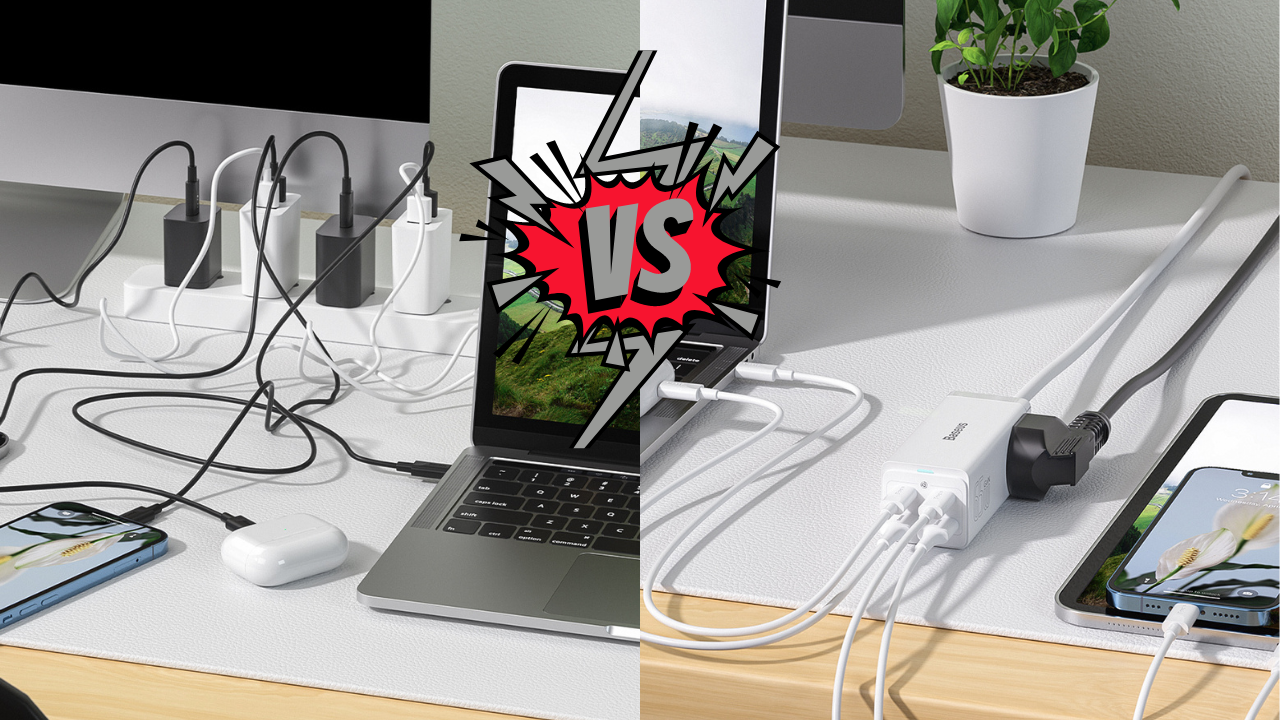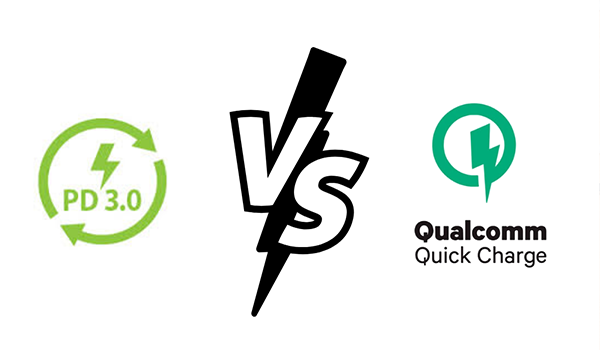Surge Protector Vs. Power Strip: Compared, Explained, and Broken Down
Whether you’re an avid gamer, a home office worker, or a small business owner, understanding the differences between surge protectors and power strips is essential. Surge protectors and power strips are the most common tools to power and protect electronic devices.
Both of these tools provide similar benefits, but there are some key differences that you need to know. In this article, we’ll explain the differences between surge protectors and power strips, discuss the benefits and drawbacks of each, and provide some helpful tips on which one to choose for your electrical needs.
What is a Surge Protector?

A surge protector is a commonly-used device that protects electronic devices from power surges. Surge protectors are a type of electrical socket that operate using a specialized circuit, and this circuit helps redirect electricity spikes into the ground rather than through your electronic devices. Surge protectors ensure that your devices aren’t damaged if a sudden power surge occurs through internal circuitry that detects sudden power surges and shuts off the power to connected devices before the surge impacts them. When the surge passes, the protector will reset.
While surge protectors have a similar appearance to power strips, they differ in some fundamental ways. Like power strips, surge protectors have multiple outlets for individuals to plug their devices into, but they protect more against power surges that could cause irreparable damage.
Surge Protector Functionality
A surge protector works by diverting the excess voltage from the connected devices, preventing them from damage. These devices come in different forms; however, their ultimate intent is to defend your devices, such as phones, tablets, and computers.
Surge protectors can also help to protect against power outages, brownouts, and other electrical disturbances that can cause damage to electronic equipment.
Types of Surge Protectors
Surge protectors come in various types and sizes, depending on the number of outlets and the level of surge protection they offer. The most common types include the following:
- Single-strip surge protectors.
- Multi-strip surge protectors.
- Wall-mounted surge protectors with USB ports that extend outwards.
The ports allow multiple plug-in devices to charge simultaneously, keeping your electronics safe.
Additionally, many surge protectors contain a surge protection device (SPD) and a diverter. Others include a transient surge suppressor to ensure your devices are always safe when plugged in. Some individuals mount their surge protectors to a circuit breaker panel rather than plug the protector directly into the wall.
Benefits of Using Surge Protectors
Surge protectors provide a range of benefits that make them a suitable solution for many people with multiple electronic devices. For instance, the following are some of the primary benefits of using surge protectors:
- Protection from power surges: Surge protectors protect from voltage spikes that can cause permanent damage to electronic equipment.
- Protection from power outages and brownouts: Surge protectors can also provide protection from power outages and brownouts, which can also cause damage to electronic equipment.
- Cost savings: Surge protectors can help to save money in the long run by preventing expensive repairs or replacements of damaged electronic equipment.
What is a Power Strip?

A power strip is an electrical device designed to provide multiple outlets for powering and protecting multiple electronic devices. A power strip has a cable on one end that you plug into a wall outlet, allowing you to use the multiple outlets on the power strip for different devices.
The wall outlet powers the devices plugged into your power strip. The central purpose of this device is to provide an extension cord-type option for individuals with many electronic devices that need to be connected simultaneously.
Read more on What is a power strip?
Power Strip Functionality
A power strip is designed to provide multiple outlets for powering multiple electronic devices, and it can power multiple devices at once, providing convenience and saving time. Its purpose is simpler than a surge protector; however, some power strips come with built-in surge protector functionalities.
Types of Power Strips
Power strips come in a range of different types and sizes, depending on the number of outlets and the level of protection they offer.
The most common types are:
- Single-strip power strips
- Rack-mount power strips
- Cabinet power strips
- Bench-mount power strips
Benefits of Power Strips
Power strips provide a range of benefits, including the following:
- Convenience: Power strips provide convenience by allowing multiple devices to be powered from one outlet.
- Cost savings: Power strips can help to save money in the long term by reducing the need for multiple power outlets.
- Protection from power surges: Some power strips include a surge protector, which can help to protect against power surges.
Power Strip vs. Surge Protector
Now that you know the differences between surge protectors and power strips, it’s time to compare them. There are some key differences between the two, which you should consider when choosing one for your electrical needs.
Protection Against Power Surges
The primary difference between a power strip and a surge protector is the level of protection against power surges. Power strips do not provide additional protection against power surges unless you purchase a power strip with a built-in surge protector.
Power strips are intended to add additional outlet space to help you connect multiple devices simultaneously. A surge protector protects your electronic devices and appliances from possible damage. Surge protectors have a joules rating on their packaging, which is one of the primary ways to differentiate them from power strips, and Joules deplete when your surge protector is affected by power surges.
Electrical Rating and Capacity
Surge protectors are also rated in terms of electrical rating and capacity, which indicates how much electrical power and current they can handle. On the other hand, power strips usually have no rating or capacity information.
The Number of Outlets
Power strips typically have more outlets than surge protectors, though this is not true in every case and won’t be an issue for those power strips with built-in surge protection features.
Price Range
There is a cost difference between power strips and surge protectors that can influence an individual’s decision on which option is best for their needs. Because surge protectors offer additional benefits and protection that power strips don’t provide, they are typically pricier than power strips. The price difference between the two varies depending on various factors. Typically, surge protectors are only slightly pricier than power strips, and their protection is worth the additional dollars.
Which One Should You Choose?
When choosing between a surge protector and a power strip, it’s essential to consider your electrical needs and the type of devices you’ll be using. A surge protector is the best choice if you need to protect electronic devices from power surges. However, a power strip might be your preferred option if you only need to power multiple devices at once. One of the best examples of a safe and effective power strip is the Baseus PowerCombo 6-in-1 charging station 65W. This power strip has 1200J surge protection that monitors circuit status 86,400 times a day keeping your devices charged and protected against power spikes.

Before deciding, consider the factors below when choosing between a surge protector and a power strip.
Factors to Consider
When choosing between a surge protector and a power strip, there are several factors to consider:
- Cost: Power strips are typically less expensive than surge protectors, as they don’t contain the same technology to protect your devices.
- Space: Power strips are much more compact and can be tucked away behind furniture or other objects, while surge protectors tend to take up more space.
- Protection: Surge protectors contain technology that can protect your devices from power spikes and surges, while power strips do not.
- Number of Outlets: Surge protectors generally offer more outlets than power strips, allowing you to plug in more devices.
- Portability: Power strips are much more portable than surge protectors since they are smaller and lighter.
- Design: Power strips come in various designs, from ones with individual switches to ones with USB ports, while surge protectors tend to be more basic in design.
- Surge Protection Rating: Different surge protectors have different ratings for the amount of protection they offer. Check the rating on the surge protector you’re considering to ensure it meets your needs.
- Cord Length: Surge protectors and power strips come with cords of varying lengths. Consider the length of the cord when making your decision.
- LED Indicators: Some surge protectors have LED indicators that let you know if the protector is working and if it’s providing protection from power surges. Consider a surge protector over a power strip if this feature is essential.
- Mountable: Many surge protectors are designed to be mounted on a wall or desk, while power strips typically sit on the floor. Consider where you’ll use the surge protector or power strip when deciding.
- Power Rating: Surge protectors and power strips come with different power ratings. Always check the power rating of the surge protector or power strip you’re considering to ensure it meets your needs.
- Compatibility: Check the compatibility of the surge protector or power strip you’re considering to ensure it will work with your electronic devices.
- Warranty: Many surge protectors and power strips come with a warranty. Consider how long the warranty is when making your decision.
- Some surge protectors and power strips have safety features such as overload protection and fireproofing. Consider these safety features when making your decision.
Scenarios Where One Option is More Suitable
Certain scenarios may influence your decision on whether to purchase a power strip or a surge protector. While surge protectors are best for protecting your electronic devices, they won’t always be the best choice. Below are some situations where you should consider using one over the other.
Scenario 1: Home Office
If you are setting up a home office, investing in a quality surge protector is essential. A surge protector will protect your sensitive electronics from voltage spikes, surges, and power surges, allowing you to complete your work without any bumps in the road. A surge protector with additional features such as surge protection indicator lights, remote control capability, and USB ports can be very convenient.
Scenario 2: Home Theater
Investing in a quality surge protector over a power strip when setting up a home theater system is essential. A surge protector is crucial because it can protect expensive electronics and larger devices necessary for a complete home theater. A power strip without a surge protector won’t protect your equipment from damage, meaning you could lose thousands of dollars if you only use a power strip in this situation.
Scenario 3: Bedroom Electronics
If you have a few devices in your bedroom, such as a lamp and a laptop, a power strip would be more suitable than a surge protector, as it's more compact and doesn't require additional protection. However, consider a power strip with a built-in power surge protector if you're concerned about power surges.
Scenario 4: Large Appliances
If you are plugging in large appliances, such as a refrigerator or air conditioner, you should invest in a quality surge protector. A surge protector will ensure the appliance is protected and that possible power surges don’t impact perishable items stored in your fridge.
Scenario 5: Workshop
A surge protector is vital if you have a workshop you use frequently. Surge protectors are preferable over power strips because they allow you to safely plug in multiple tools that could be destroyed with an untimely power surge. Because you are handling these tools manually, a surge protector is even more crucial to protect your physical safety.
Find the Best Surge Protection From Baseus

Surge protectors and power strips are the most common tools to power and protect electronic devices. While both tools provide similar benefits, there are crucial differences in their functionalities and purposes to consider before choosing one. Consumers often have one crucial question: does power strip have a surge protector included? With Baseus, the answer is yes.
Baseus’s Power Strip collection with USB contains all the features to plug in multiple devices and keep your electronics safe. Our product can charge several devices simultaneously and is designed as a hybrid multiplug device to provide advanced protection and protection from power surges and voltage spikes.
With our guide, you’ll have all the information you need to choose your electrical needs. Check out our products today to start protecting your cherished devices confidently.
 United States/English
United States/English




